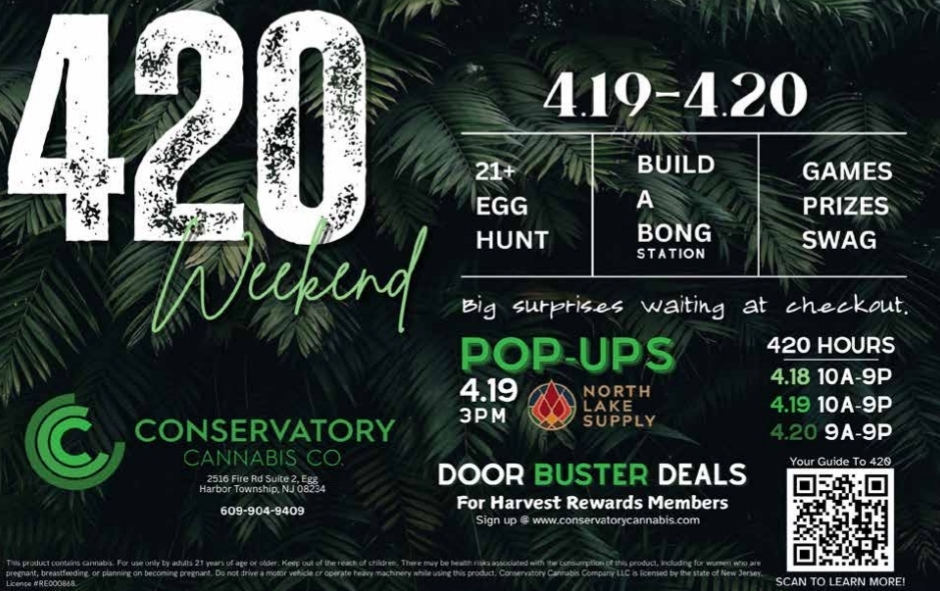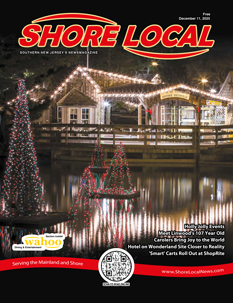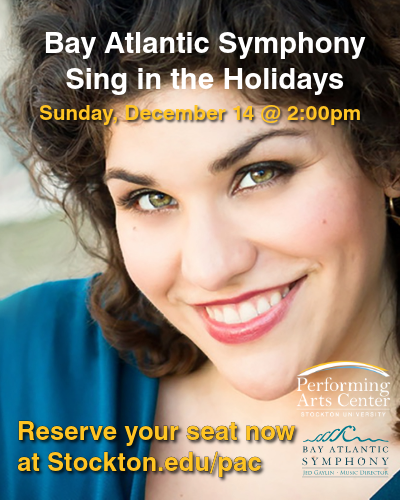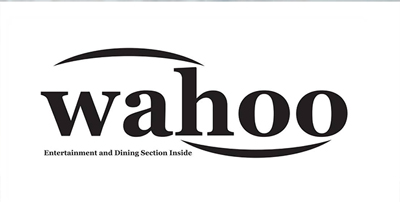By Douglas Keefe
This is the next to the last of my articles about collecting just key coins rather than striving to complete a complete series. Once again, a key coin is one that is the rarest and most difficult to obtain in any given series of coins. I have focused on just twentieth century coinage because they are coins that can be readily obtained and are (relatively) reasonably priced for an investment. Expanding back to the nineteenth century would take up pages as there are many rare and valuable coins from that century. I’ve already written about cents through dimes, so let’s move on.
The Washington quarter was first minted in 1932 and had not been changed in appearance until 1999 when the state quarter series began. An exception was the Bicentennial-dated quarter which featured a revolutionary-era drummer boy on the reverse instead of the familiar eagle. The only year the Washington quarter was not minted was 1933 (there was no quarter dated 1931 either), because there was no need due to the Depression that was still affecting the country, therefore there was limited need for new coinage. Also, because the bicentennial quarter was first struck in 1975, but with the 1776-1976 dates, no quarter was minted with the date 1975. (The same is true for the half dollar and dollar coins). The only key dates in the Washington quarter series are the 1932-D and 1932-S, both of which were minted in limited numbers, also because of the Depression. Although I recommend buying key coins in at least “fine” condition, both coins can be obtained in higher grades for just a little more money. Here I would recommend buying them in almost uncirculated condition where a 1932-D would cost around $350, and a 1932-S about $240.
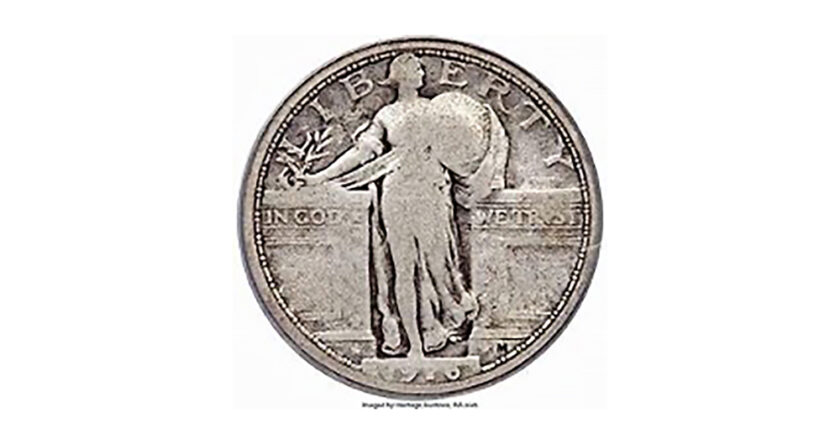
The Standing Liberty quarter, which pre-dates the Washington quarter was minted from 1916 until 1930. There are numerous key and difficult date coins in this series for several reasons, first being low mintage figures and the second being the coin was improperly designed with the date being high on the coin. The result was the dates wore off quickly, reducing the number of coins with dates available for collectors. Any coin dated from 1917 through 1924 and from any mint, in fine condition, even though not all are considered key, are good investments. In 1925 the coin was redesigned and the date was lowered, so most coins collectors come across in this series are dated 1925-1930. The true keys in the Standing Liberty quarter series are the 1916 and the 1918/17-S. The 1916 Standing Liberty quarter was struck in limited quantity because the Philadelphia mint had already been minting millions of Barber quarters, its predecessor. Put together the two factors, low mintage and dates that are worn quickly and you have a coin that will set you back $5,500 in fine condition. Next up is the 1918/17-S (for the San Francisco mint). The overdate because there were no dies ready in 1918, (same as was the situation in 1942 with the Mercury dime) so the mint stamped an 8 over the 7 in the date 1917. Once again a low mintage because that overdate die was retired once a new 1918 die was available and the dates wore off many coins, so this key will cost in the range of $3,500 in fine condition.
We’ll look at half dollar keys next week.
Douglas Keefe and his wife Linda are owners of Beachcomber Coins and Collectibles in Egg Harbor Township.


